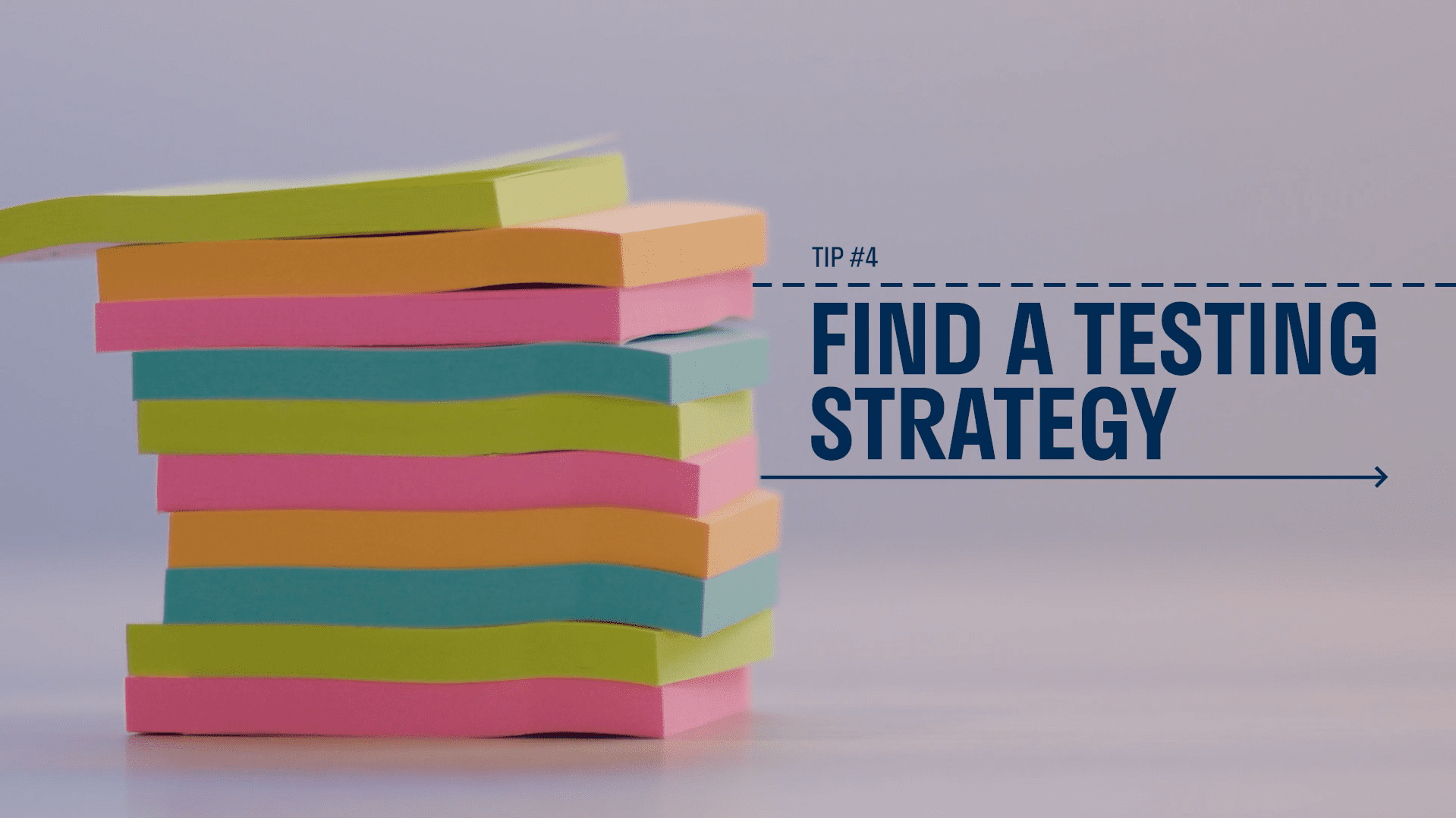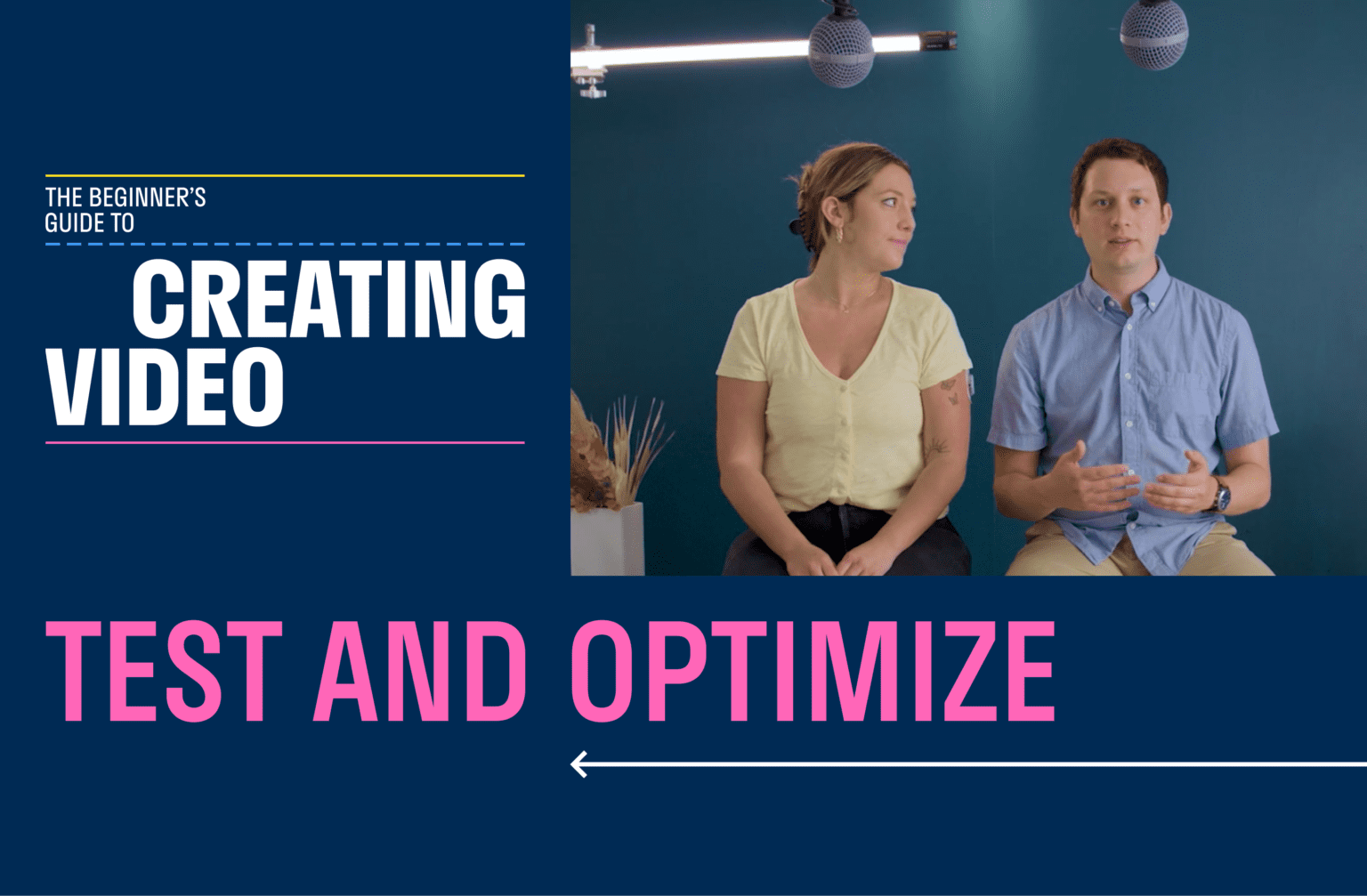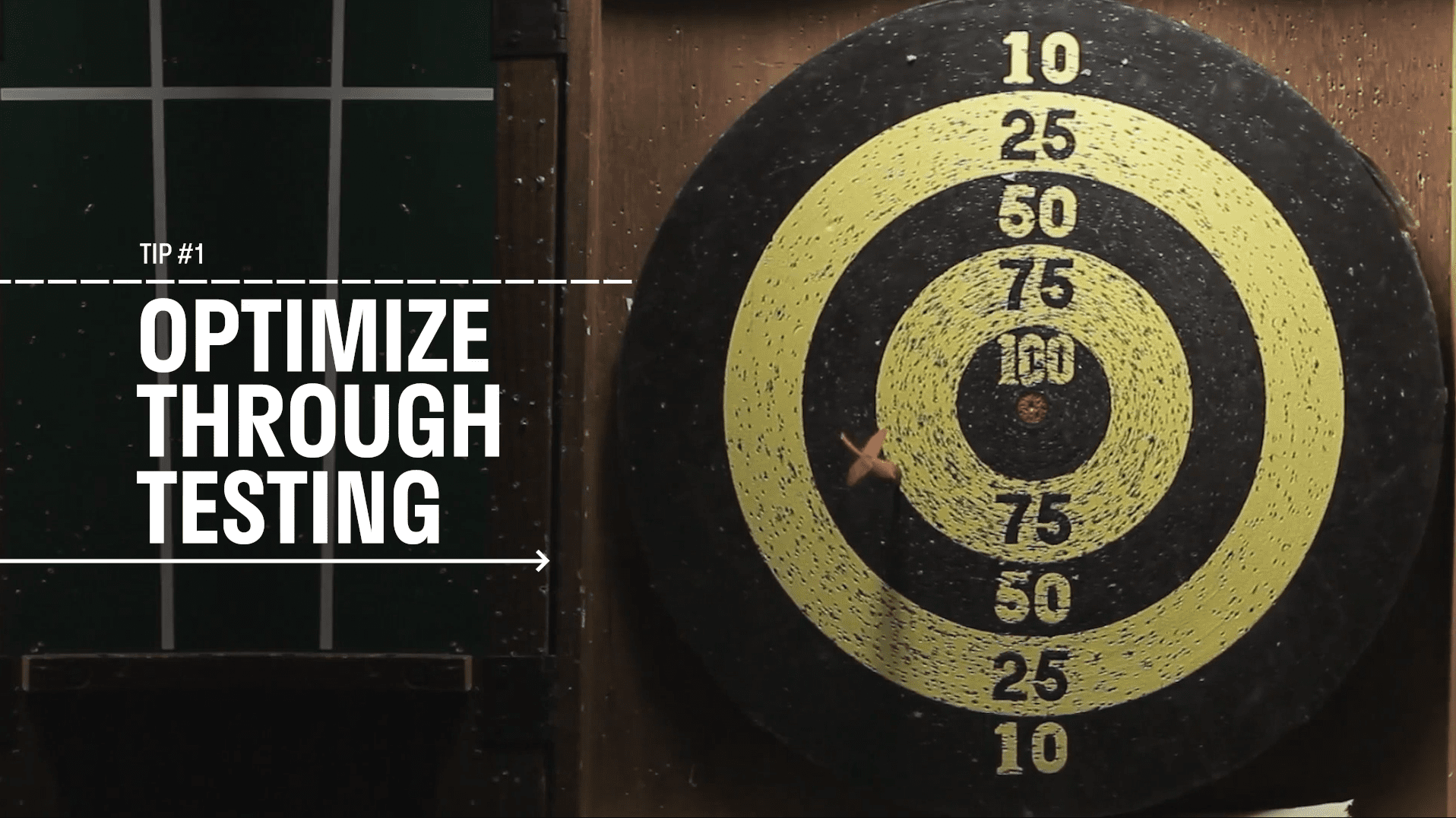The moment you’ve been waiting for has finally arrived – you’ve hit that publish button and released your video into the world. So now what? First, take a moment to celebrate all of your hard work! It takes guts and determination to put something you’ve created out there, so even getting to this point is a success all its own. But the work isn’t over once you publish your video. Now it’s time to start testing to improve your videos, and planning how you can make your next project even better.
In Episode 8 of Storyblocks’ exclusive web series, The Beginner’s Guide to Creating Video, you’ll learn how to make your videos more successful through a combination of strategic testing and audience insights. Your hosts for this episode are Beth Cormack, Storyblocks’ social media manager, and Ryan Barrales, our performance marketing manager. In it, the duo reveals their own processes for testing and optimizing video content — and they share some useful tips and tricks you can use to do the same.
Tip 1: Test your videos to determine what works — then do more of it
Once your video is live, it’s the perfect time to learn more about your audiences on your channels. Each video is a new opportunity for testing different things out to see what resonates with your viewers and what doesn’t work for them.
For paid media, Ryan suggests going live with several different copy variations, landing pages, or even edits to your video across different channels. Sometimes these subtle variations can result in wildly different audience responses. That data can give you key insights into what will perform well for different audiences.
Testing is your chance to assess how your video performed against the goals you set. But it can also help you understand your audiences’ preferences on a deeper level. That’s especially true when you consider how your audiences respond to variations in your videos across the different channels where you’ve posted them. You won’t find that data in an analytics dashboard, though.
It helps to read the comments section (even when it hurts)
Number of views, time watched, and other quantitative metrics can certainly help you understand overall video performance. However, it’s essential to look at your qualitative data, too. The easiest way to do that is by reading the comments people leave on your videos. Internet video watchers usually don’t hold back their opinions. That’s not a bad thing, though. Even the most brutally honest takes can offer you a glimpse into what people really think about your content.
Remember: Whether the feedback is good or bad, your viewers’ comments hold valuable insights that you can apply to future testing to improve your videos. Ignore them at your own risk.
As you create more videos, try to identify any patterns in your comments that indicate which videos are gaining traction (and which aren’t). As you find your most popular videos, start brainstorming about other tests you can try next.
At Storyblocks, we often measure our videos’ performance based on engagement metrics. These include both in-platform and on-site engagement. For in-platform performance, you may want to look at video views and click-through rates. For on-site, you can check out metrics like bounce rates and time spent on site.
Want to learn how to use audience testing to improve your videos?
Watch Episode 8 of The Beginner’s Guide to Creating Video.
Tip 2: Tweak and refine (testing small to improve your videos)

Every successful video you publish becomes fertile ground for testing and experimentation. After all, if you struck gold once, you may as well give it another go. We generally categorize our tests into 2 distinct buckets: Testing big and testing small.
Both types of tests have their own strengths and weaknesses, and you’ll get the best results if you use them in tandem.
The process of testing small involves taking one of your top-performing videos and tweaking minor elements one at a time. Here are some of the variables you can adjust while testing to improve your videos:
- Opening hook
- Narration
- Video length
- Call to action (CTA)
- Post copy
- Post headlines
- B-roll
- Music
This gives you a chance to play scientist a little, as you’ll essentially be applying a form of the scientific method to your video production process. Testing small allows you to gauge how the audience reacts to subtle differences in your videos. And that can help you isolate the specific elements that will contribute to ongoing success. Once you’ve identified those variables, it’ll be much easier to iterate on them and optimize your future videos.
Want to learn how to conduct small, iterative tests on your videos?
Watch Episode 8 of The Beginner’s Guide to Creating Video.
Tip 3: Nothing ventured, nothing gained (testing big to improve your videos)

Now, let’s talk about testing big. This is where you’ll pit two completely different video concepts against each other. You’ll essentially serve up multiple, vastly different video concepts to your audiences, and see what sticks. Testing big involves a bit more creativity than testing small, so you can let your imagination run wild and just try stuff out to see what happens. This approach can be particularly useful for keeping a pulse on rapidly changing trends and audience preferences.
The ways users engage and interact with social content are constantly changing. This means today’s viral sensation could be a total belly-flop tomorrow. Sometimes testing out new ideas and video formats is your only hope to hit that moving target. For example, if you primarily make animated product demo videos, try throwing a live-action, interview-style customer testimonial video into the mix to see how your audiences respond.
Testing big requires you to think beyond simple A/B tweaks (which is primarily what you’ll do when testing small). It does involve some risk, as there’s always a chance your audience may not like some of the concepts you create for them. But negative feedback can be just as useful as glowing praise. No matter what, you’ll uncover new information to inform your video strategy. And the things you’ll learn from testing big are nearly impossible to discover if you only test small. Sometimes you have to just go big or go home, baby!
Want to learn how to swing for the fences with your video testing?
Watch Episode 8 of The Beginner’s Guide to Creating Video.
Tip 4: Develop a testing strategy that works for you

So, now that you understand the basics of testing big and small, how can you start testing to improve your videos?
Ryan and Beth recommend that you start out by testing big. This is not only a great way to spot winning concepts, but it also gives you a clearer picture of what types of videos will resonate with your audiences. It may seem daunting to test out concepts that are completely unproven, but stepping outside your comfort zone a little is your fastest path to big wins. There’s a chance some of your ideas may not perform well, and that’s ok. If you’re not testing big, your creative runs the risk of going stale.
Remember, all it takes is one great idea to build long-term success.
Once you’ve landed on some winning concepts by testing big, testing small allows you to fine-tune your videos and dial in on the finer details to make them even more useful, interesting, or effective.
Beth and Ryan both stress one final important point: Don’t assume testing big requires big budgets. Content creation is easier than it’s ever been. You can start making top-performing videos with nothing more than the phone in your pocket. Storyblocks’ stock video library includes all the assets you need to experiment and create stunning content — fast.
“Video creation is less about the resources you have, and more about the quality and value you provide to your audience.”
– Beth Cormack, Storyblocks’ social media manager
Never break the bank when testing big. We actually encourage you not to put too much time or money into videos when you’re testing out something completely new. Test the waters with smaller budgets and fewer resources first, then build out your winning concepts once you figure out what types of videos work for your audiences. Spreading your budget across more big tests means more opportunities to uncover and validate your next great idea.
Want to learn how you can put video testing into practice?
Watch Episode 8 of The Beginner’s Guide to Creating Video.
Next time on The Beginner’s Guide to Creating Video…
Storyblocks’ original series, The Beginner’s Guide to Creating Video, is free for you to watch right now. You can binge the whole series in less than an hour, or just pick and choose individual episodes that interest you. Regardless of how you watch it, you’ll pick up tons of tips. Tune in now to learn how you can start making great videos faster than ever before.
Coming up in Episode 9, you’ll explore the power of repeatability, and learn some shortcuts that will help you scale your video strategy.




